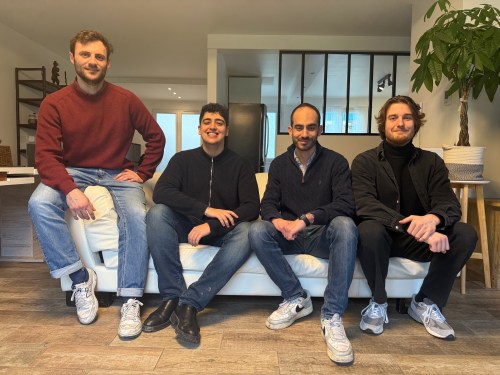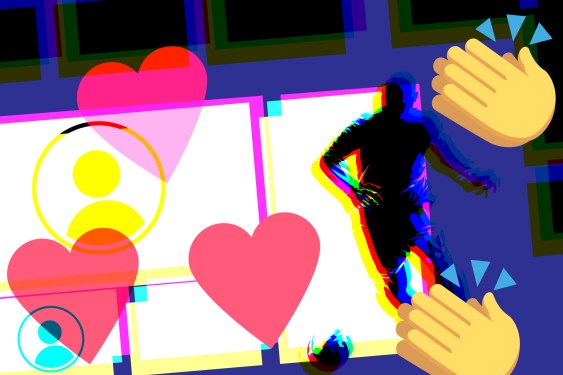
The text appears to be a comprehensive overview of the field of visual-tactile synthesis, including its potential applications and future challenges. Here’s a summary of the main points:
Introduction
- Visual-tactile synthesis is an innovative technology that synthesizes realistic visual and tactile images based on user input.
- It has the potential to revolutionize the way we interact with digital content.
Current State of Research
- Researchers have made significant strides in developing visual-tactile synthesis systems, but there are still challenges to be addressed.
- Current limitations include:
- Difficulty generalizing to user sketches with highly distinctive patterns
- Limited capacity to render softness and other haptic properties
- Inability to handle 3D objects with substantial surface normal changes
Real-World Applications
- Online shopping: Visual-tactile synthesis can improve the online shopping experience by allowing users to virtually touch and feel products.
- Virtual reality (VR) and augmented reality (AR): It can create more immersive environments for gaming, education, and training.
- Telepresence and teleoperation: It can enhance remote collaboration and control in various industries.
- Accessibility for individuals with disabilities: Visual-tactile synthesis can be used to create more accessible digital experiences.
Future Challenges and Opportunities
- Improved generalization: Developing techniques that can adapt to a wider range of input sketches.
- 3D objects and surface normals: Enhancing the technology’s ability to render complex shapes and surfaces.
- Enhanced rendering of softness: Addressing the current limitation of visual-tactile synthesis in rendering softness.
Conclusion
- Visual-tactile synthesis has the potential to revolutionize the way we interact with digital content.
- Researchers continue to address current limitations and explore new opportunities, ensuring a bright future for this technology.







